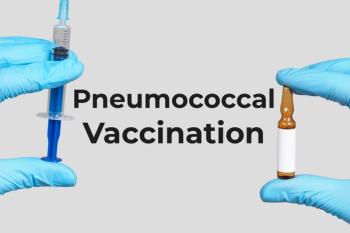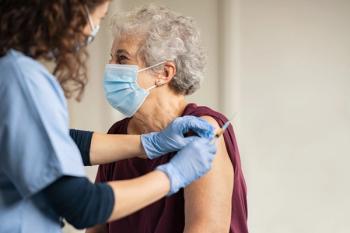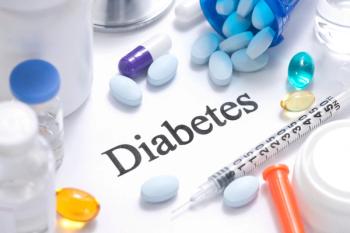
How the NECC Case Changed Compounding Pharmacy
Because of the NECC Case, the nation has a much more consistent approach toward regulating and overseeing compounding pharmacies.
Nearly five years ago, the compounding pharmacy profession was rocked by what would become one of the worst public health tragedies in our nation’s history: 64 deaths and 753 sickened, according to the CDC, from a fungal meningitis outbreak. The outbreak was traced to tainted steroid injections made by the New England Compounding Center (NECC), a compounding pharmacy in Framingham, MA.
The victims included young and old from all walks of life. Those fortunate enough to survive have been forced to endure years of medical treatments, debilitating pain, and an end to their life as they once knew it.
We know now that NECC was acting as a drug manufacturer – producing thousands of doses in a single run – that was disguised as a compounding pharmacy to evade the more rigorous oversight that drug makers receive.
What began after the outbreak and continues today is a much more stringent, regulated environment for compounding pharmacies. It has also created a quandary for community pharmacies that historically have done
Ernest Gates, Jr., RPh, FASCP, FIACP, FACAvery small amounts of nonsterile compounding in order to serve their patients who might need a compounded medication. They must decide whether they are “all in” for compounding or whether they will exclude it from their practice.
One positive outcome from NECC is that the nation now has a much more consistent approach toward regulating and overseeing compounding pharmacies. The FDA’s authority to inspect and regulate those pharmacies prior to NECC, had been tested in-and limited by-the courts. The FDA lacked the clear authority to take action.
This changed for the better beginning with the Drug Quality and Security Act (DQSA), passed by Congress in 2013. Large-scale compounders-those producing doses in bulk and shipping across state lines without patient-specific prescriptions-began to register as outsourcing facilities with the FDA and became subject to FDA oversight and inspection. They now must comply with Current Good Manufacturing Practices or risk government action. As of today, more than 60 outsourcing facilities have registered with the FDA.
The DQSA enabled compounding pharmacies that did not wish to register and wanted instead to produce patient-specific medication (preparing and dispensing a medication based on a physician’s prescription) to continue to do so, subject to the oversight and regulation of their state board of pharmacy.
Most states updated and strengthened their regulations. U.S. Pharmacopeia Chapters <795> and <797> had always been the practice standards for nonsterile and sterile compounding, but until the NECC case, many states had not formally incorporated them into regulations.
Fast-forward to 2017, and the environment is vastly different. States now employ inspectors with significantly enhanced experience in compounding pharmacy practice.
In Massachusetts, home of NECC, there were 25 sterile community-based compounding pharmacies operating in 2012. Today, two high-risk sterile compounding pharmacies remain.
There is no such thing as “good enough.” There is no going halfway.
Pharmacists have a responsibility to best serve their patients, and that means putting patients first by ensuring their access to high-quality medications that can treat illness and improve quality of life.
Over the past five years, compounding pharmacy in all of its forms has progressed several generations. We have struggled through adversity to get to a better place. As a profession, we can be proud of how we meet our patients’ needs.
Newsletter
Pharmacy practice is always changing. Stay ahead of the curve with the Drug Topics newsletter and get the latest drug information, industry trends, and patient care tips.





















































































































































